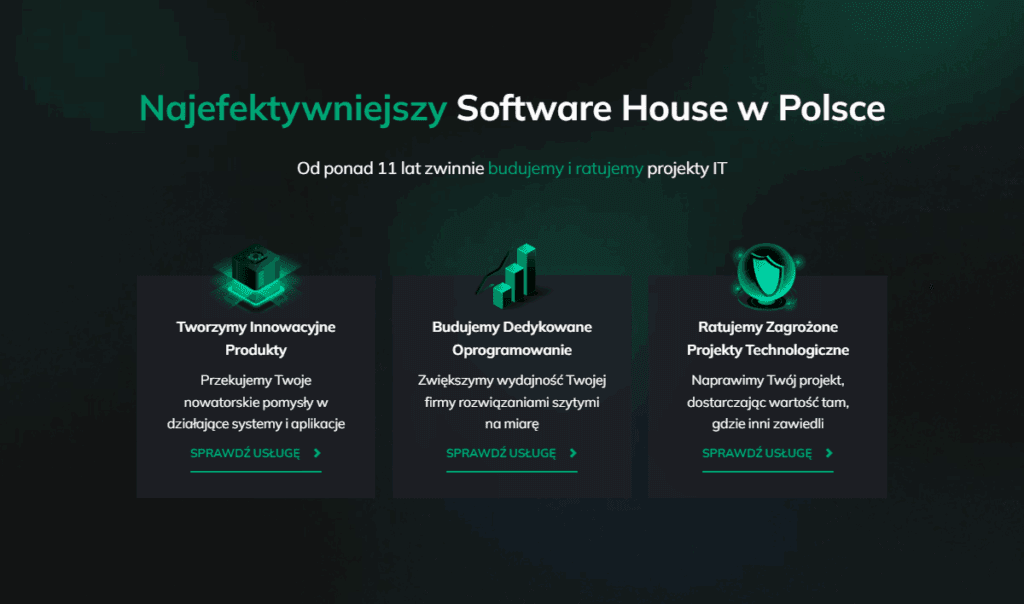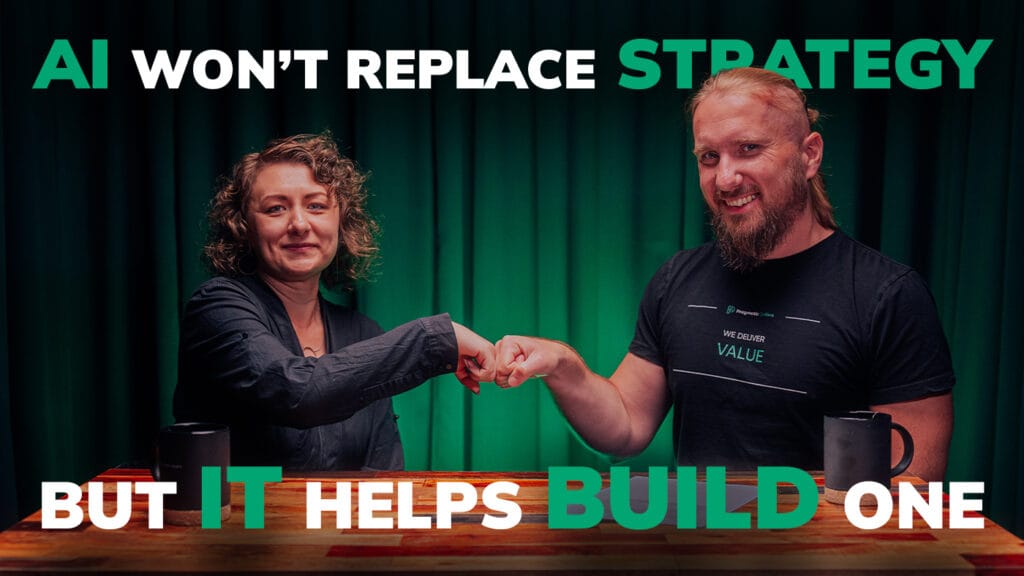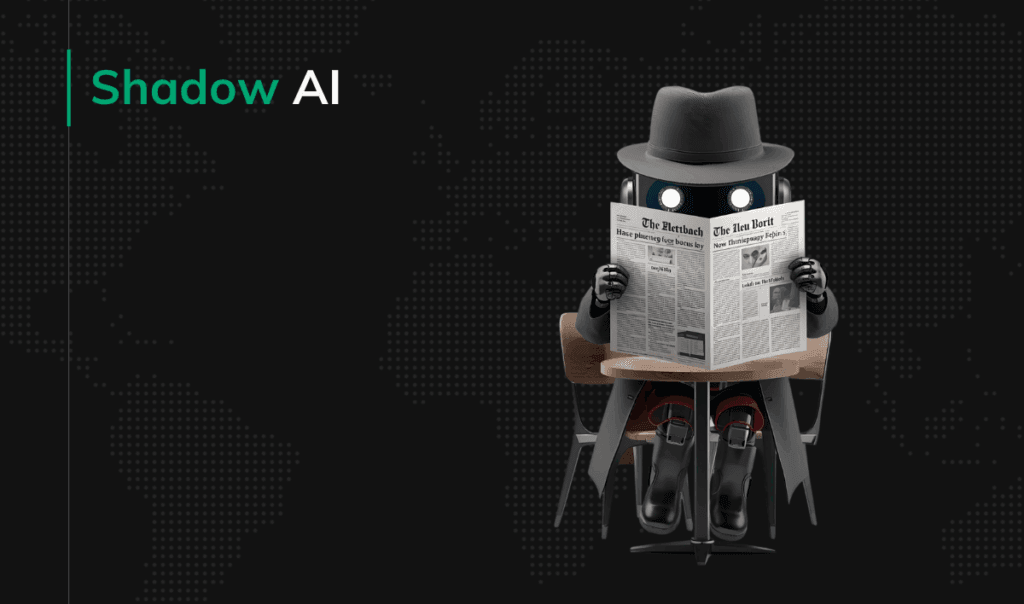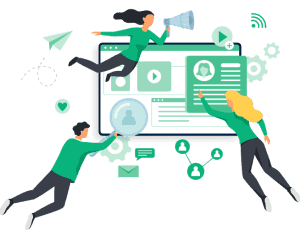Will AI Replace Programmers? Maybe—But Not the Way You Think
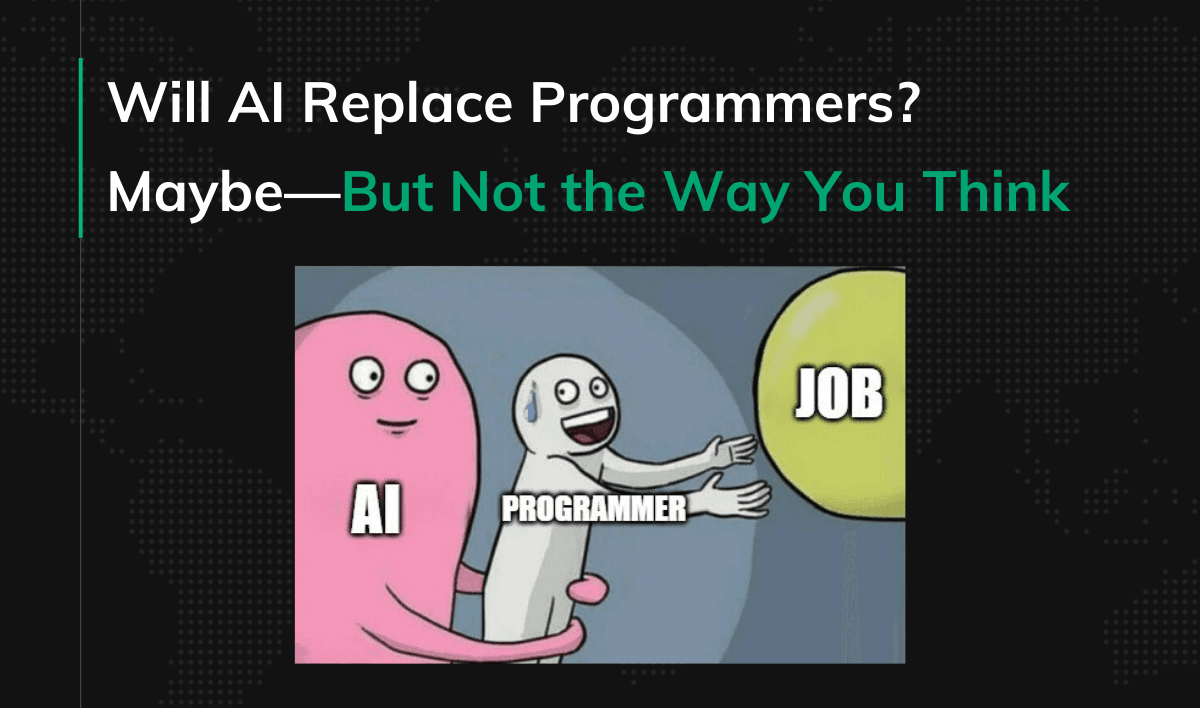
Will artificial intelligence really replace human programmers? It’s a question sparking equal parts excitement and anxiety across the tech world. On one hand, we hear hype about AI models that can churn out code at the click of a button, potentially doing the work of an entire engineering team. On the other, there are genuine concerns from developers: Will their jobs vanish as coding becomes automated? This debate isn’t entirely new – for decades, tools from code generators (like The Last One from 1981) to low-code platforms (dating their origins to the 1990s) have promised to reduce the need for human programmers.
But with the rise of advanced AI coding assistants like Anthropic’s recent Claude 3.7 and GitHub Copilot, the conversation has reached fever pitch. Predictions range from optimistic to dire. For example, in 2017, Oak Ridge National Laboratory researchers predicted that by 2040, machines “would write most of their own code.” Their early warning shows just how far back these concerns go—and underscores the radical shift AI could bring to software creation. It’s no wonder nearly 30% of developers in one of the Evans Data Corporation surveys feared AI could replace their work in the foreseeable future.
Before we either hail our new AI overlords or dismiss the worries as sci-fi, though, it’s worth taking a nuanced look at what today’s AI can and cannot do in software development. Yes, AI is getting surprisingly good at coding – but it also has clear weaknesses. And while AI might change the demand for certain programming skills, that doesn’t necessarily mean it will render human developers obsolete. In fact, the way AI is poised to “replace” programmers may be far more indirect (and interesting) than a simple one-for-one swap.
In this exploration, we’ll cut through the hype and look at the real impacts AI is having on programming jobs. We’ll examine how proficient AI actually is at coding, what that means for entry-level developers, how AI-driven productivity could shrink (or expand) teams, and why human programmers aren’t off the hook just yet. The story of AI in software is not a straightforward march to human unemployment – it’s a complex evolution of roles and tools.
Buckle in for a thought-provoking look at the future of coding. By the end, you might agree that AI could replace (some) programmers – but not in the way you might think.
Key Points
|
How Good Is AI at Coding?
How capable are today’s AI systems at writing real, working code? The answer: they’re surprisingly competent in some areas, yet far from ready to take over full-blown software development. Recent benchmarks give us a clear reality check. OpenAI – one of the leaders in this field – introduced SWE-Lancer, a rigorous test of AI coding skills on 1,400+ real-world freelance software tasks pulled from job postings. These tasks aren’t toy problems or isolated algorithm puzzles; they range from a $50 bug fix to a $32,000 complex feature implementation, spanning front-end tweaks to architecture decisions. In other words, SWE-Lancer measures whether an AI can do the kind of work a contract software engineer might actually get paid for.
Strengths vs. Limitations
The results? Current AI models have a lot of room for improvement. OpenAI’s analysis found that even the most advanced “frontier” models “are still unable to solve the majority of tasks” in this benchmark. In fact, the top-performing model in the study wasn’t even one of OpenAI’s own – it was Anthropic’s Claude 3.5 Sonnet, which managed to earn about $403,000 out of the $1,000,000 total value of the SWE-Lancer tasks. That’s roughly 40% of the work completed for pay, and it was the best of the bunch. Most other AI models achieved even less. In terms of pass rates, many tasks stumped the AIs entirely. Put simply, today’s best AI coder could only get through a minority of real freelance jobs without human help.
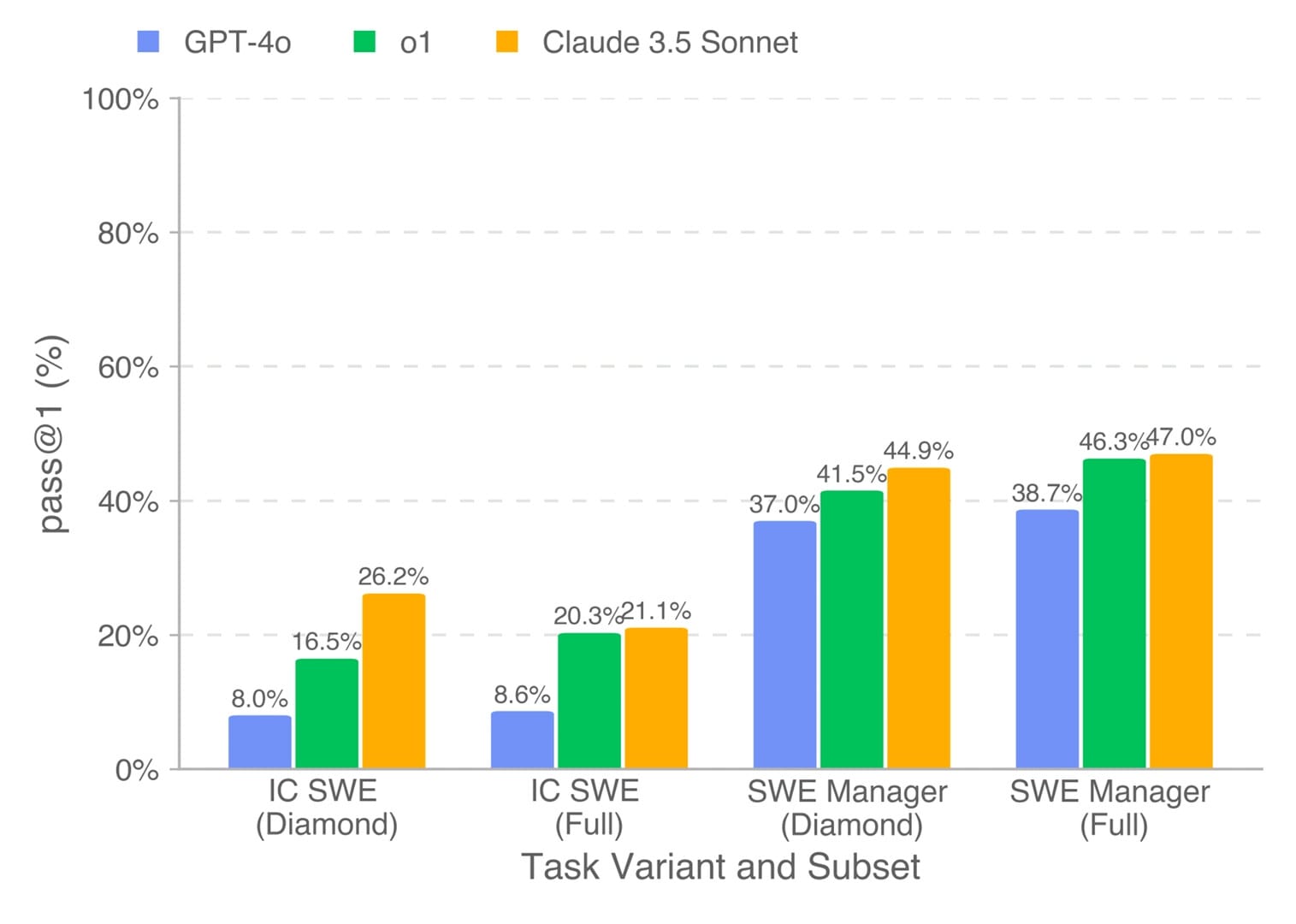
Figure: OpenAI’s SWE-Lancer shows that even top models can solve only a fraction of real programming tasks (source: OpenAI).
The above chart compares the pass@1 success rates of various AI systems—OpenAI’s GPT variants (blue and green) and Anthropic’s Claude 3.5 (orange)—across several SWE-Lancer task subsets. Even the leading model achieves below 50% accuracy on these coding challenges.
It’s worth noting where the AIs excelled and where they struggled in these tests. Interestingly, the AI models performed better on high-level “software manager” tasks than on pure coding. SWE-Lancer included some challenges where the AI had to choose the best implementation plan from multiple proposals (simulating a manager’s decision). There, models like GPT-4o and Claude got it right nearly half the time—significantly higher than their success rate on hands-on coding tasks, which often languished in the 10–30% range. This suggests that current AIs might be more adept at advising or evaluating solutions than at writing flawless code from scratch.
An AI can read through a few proposed approaches and often identify the sensible one, acting like a pseudo-architect, even if it struggles to implement every line by itself. That’s a fascinating twist: instead of replacing junior coders outright, the first roles AI might encroach upon could be things like code review, bug triage, or technical QA – essentially “softer” engineering tasks that involve analysis and decision-making based on existing code. It’s a reminder that “replacing programmers” doesn’t always mean what we assume; sometimes it means AI taking on tasks adjacent to coding rather than coding itself.
Real-World Complexity
That said, when it comes to raw coding ability, modern AI still has notable weaknesses. Large language models (LLMs) like GPT-4o have essentially read billions of lines of code online and can regurgitate plausible-looking solutions. They’re great at producing syntactically correct code quickly, and they rarely tire of writing boilerplate. For well-defined, self-contained problems (say, a function to sort a list of strings by certain criteria), AI can often crank out a correct answer in seconds.
This has huge productivity benefits, which we’ll discuss later. But as SWE-Lancer demonstrated, real-world programming is full of ambiguity and hidden complexity: integrating with legacy systems, understanding unstated requirements, dealing with incomplete or changing specifications, etc. Here, AI frequently stumbles. It can misunderstand the problem or make incorrect assumptions that a human developer would catch. For instance, an AI might write a piece of code that technically “works” but fails some edge-case tests or doesn’t handle an important nuance – something a junior dev might eventually notice and fix, but the AI itself won’t realize it goofed unless explicitly told via tests. In the OpenAI benchmark, every coding task had to pass a suite of triple-verified tests. The fact that AIs failed the majority means they often produced code that did not meet the real acceptance criteria. Common failure modes include logic errors, inefficient solutions that time out, or just partial implementations that don’t cover all scenarios.
Another limitation is that AI models have no true understanding of why the code is needed. They don’t ask clarifying questions (unless prompted in a conversation) and have no intuition beyond learned patterns. So if a task is vaguely specified – e.g., “implement a user-friendly booking system” – a human would gather requirements, but an AI might fill in the blanks with generic assumptions and end up building something off-target. In other cases, AI may “hallucinate” functions or APIs that don’t exist, because they’re predicting code that looks superficially correct based on training data, not guaranteeing real-world validity. This is why current AI-generated code almost always needs a human in the loop to review, test, and correct it.
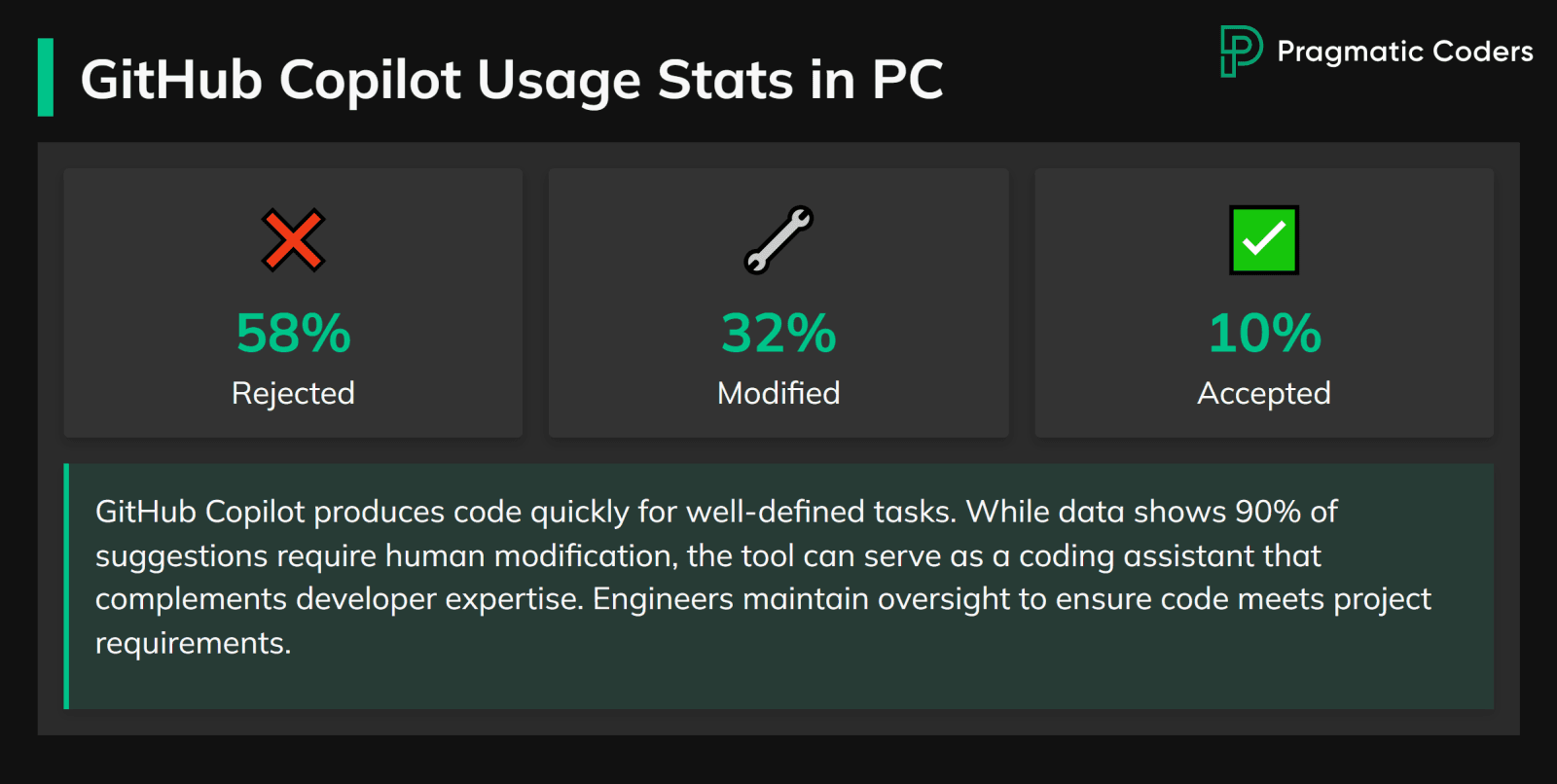
Our in-house AI coding stats confirm that while AI accelerates development, its code is still far from perfect—human oversight remains essential.
The bottom line is, AI is a phenomenal coding assistant but not a replacement for a competent software engineer – at least not today. It’s more like an extremely knowledgeable but sometimes unreliable junior developer: one that can save you time by writing lots of code quickly, but which you must supervise closely and occasionally teach about the specifics of the project. As we’ll see, this dynamic has big implications for how teams use (and staff alongside) AI. But before that, let’s address one of the biggest questions swirling around: what happens to the human junior developers in an era where AI can do so much of the “easy” stuff?
Is There Room for Junior Software Engineers?
If AI can handle simple coding tasks, where does that leave entry-level programmers? This is a pressing concern for new graduates and aspiring developers. Traditionally, junior devs cut their teeth on the kinds of tasks that seniors might find tedious – writing basic CRUD functions, squashing minor bugs, translating a spec into boilerplate code, etc. Now, much of that grunt work can potentially be offloaded to AI assistants. Does that mean companies will stop hiring junior programmers? It’s a worrisome scenario:
how do you get experience if even the beginner-level tasks are automated?
There are early signs that the junior job market is indeed feeling an AI-induced squeeze. Some engineers report that their companies have paused or reduced junior hiring, choosing instead to rely on automation or a smaller number of experienced staff. “We haven’t been allowed to hire anyone new on my team in a year – definitely no headcount for junior engineers,” one developer noted, explaining that management would rather hire one senior who can leverage AI tools than two junior devs without those tools.
Anecdotally, tech job postings for entry-level roles have become rarer in certain segments of the industry. And it’s not just a hiring freeze concern; it’s also about on-the-job training. Senior developers now have AI to handle “scaffolding” and boilerplate coding, which reduces the need to hand off tedious tasks to a junior. As one experienced programmer observed, “GPT-4 does good enough at scaffolding out semi-working code that I do think there’s far less of a need for seniors to hand off tedium to juniors.” In other words, an AI assistant can act like an ever-available intern, so why bring a real intern on board to do the same work?
Why Junior Engineers Are Still Essential
This paints a bleak picture for newcomers, but it’s not the end of the story. Companies are increasingly recognizing a counterpoint: if you eliminate junior roles entirely, you shoot yourself in the foot long-term. Today’s juniors are tomorrow’s seniors. They carry the future of the team’s expertise. An internal report or expert commentary might caution that relying solely on veteran developers (a “seniors only” strategy) is unsustainable because those veterans will eventually retire or move on, and without a pipeline of trained replacements, the organization loses critical knowledge. In fact, forward-looking businesses worry that if they don’t hire and cultivate young talent, they’ll have a serious succession problem in a few years. Netconomy’s industry analysis warned that companies thinking they “no longer need junior developers” thanks to Copilot-like AI are overlooking the fact that years of hands-on experience are crucial for individuals to progress into senior roles. By cutting off entry-level jobs, they risk “losing vital know-how and jeopardizing long-term success.” After all, you can’t magically create a seasoned software architect; they must start as a rookie somewhere.
How senior software engineers are made (Source: alberta.tech)
Adapting the Junior Role
So how might the junior programmer’s role adapt rather than vanish? A likely scenario is that the nature of entry-level work will shift to coexist with AI. Rather than cranking out rote code (which the AI can do), junior devs might spend more time on tasks like: testing and validating AI-generated code, integrating AI suggestions into a larger codebase, handling cases that AI tools get wrong, and focusing on higher-level understanding of the system. It’s a bit of an inversion – the junior’s job may become less about writing trivial code and more about learning to orchestrate and correct AI. In some sense, the junior programmers of the near future might start closer to a “middle” developer role, dealing with complex integration from the get-go (with AI doing the simplest parts).
There’s also an argument that because AI raises the bar, juniors will need to be better prepared in fundamentals than before, which could come from improved education or training programs. Companies might invest more in internships, apprenticeships, or bootcamps that teach not just coding, but how to work effectively with AI tools. In global terms, regions with abundant junior-level IT workers (such as outsourcing markets) might also evolve: those developers could use AI to deliver work more efficiently, or they might need to specialize in areas where human insight is still irreplaceable.
Juniors Still Hold Value
Importantly, many organizations still see value in fresh minds. Junior developers often bring new perspectives, up-to-date knowledge from academia, and a willingness to dive into new tech that sometimes even seniors lack. They are also generally more affordable hires, which in budget-conscious teams means you can’t simply replace all juniors with seniors. So while AI may reduce the total number of juniors a team needs, it likely won’t zero it out. We may see a scenario where a team that used to have, say, four senior devs and six junior devs might, in the future, run with four seniors and, say, two juniors plus AI assistants supporting everyone. Fewer juniors, perhaps – but those who are there will be learning in a more high-powered environment.
The Social Angle
There’s a social responsibility angle here as well. The tech industry has a kind of unwritten contract to mentor the next generation. If every company only hires seniors, who will give new graduates a chance? Industry leaders and engineering managers are beginning to acknowledge this. It parallels discussions in other fields (like how medical residencies or legal clerkships are essential even if new AI diagnostic or legal tools emerge). In software, nurturing talent is crucial to the ecosystem’s health. The consensus emerging is that juniors are still needed, but their path is changing. They may need to be versatile – comfortable using AI tools, quicker to pick up advanced concepts – but there is still “room” for them because human creativity, adaptability, and growth potential remain assets no AI can match.
The Bottom Line for Junior Developers
In short, entry-level programmers aren’t going extinct, but the role is evolving. AI can take over many simple tasks, which means junior devs will have to ramp up to more complex contributions faster than before. Companies that intelligently blend AI automation with human mentorship will likely have the best of both worlds: higher productivity and a sustainable talent pipeline. Those that neglect junior developers entirely might find themselves in an innovation drought a few years down the line.
As we proceed, keep in mind that “AI replacing jobs” often really means “AI reshaping jobs.” Nowhere is that clearer than when looking at how AI is changing the makeup of software teams and the overall demand for developers.
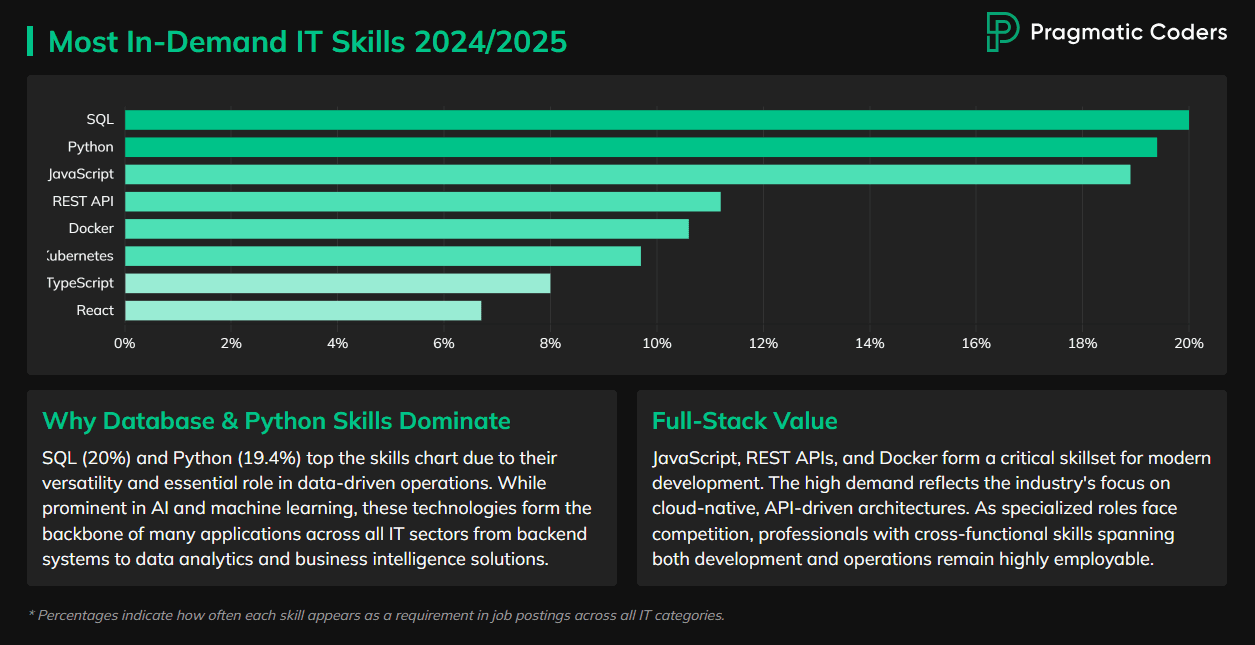
SQL, Python, and JavaScript lead 2024/25 demands. Juniors mastering these can stand out in an evolving market (Source: NoFluffJobs).
How Exactly Could AI Replace Programmers?
When people imagine AI replacing programmers, they often think of a one-to-one substitution – a scenario where an AI system simply does the same work a developer would have done. In reality, what we’re likely to see is more nuanced. AI’s impact is already being felt in how teams are structured, how many people you need to hire, and what kinds of software projects are economically viable. Let’s break down three practical mechanisms through which AI could reduce the demand for human programmers (even if it doesn’t eliminate the profession outright):
1. Smaller Teams, Bigger Output
Perhaps the clearest effect of AI coding tools is a productivity boom for developers. Tasks that used to take days or hours can sometimes be done in minutes with AI assistance. This means a few engineers, armed with good AI copilots, can deliver the same amount of software that previously required a much larger team. We’ve already heard comparisons like “a single worker will be able to do the job of dozens” once automation tools mature. While dozens might be hyperbole for coding, it’s not far-fetched that a 5-person AI-augmented team might build what used to require 10 or 15 people. As one commentator put it, “programmers will still be needed to drive the AI, but the productivity of one will be greatly increased, and human teams will be much smaller.” This doesn’t mean the total work disappears – it means each human handles more.
For companies, that’s very enticing: if your software output can double with the same headcount, or conversely, if you can meet your product goals with half the staff thanks to AI, it directly affects the bottom line. We’re already seeing some firms slow their developer hiring not because they don’t have projects, but because their existing teams, boosted by AI, are meeting goals without needing extra hands. In a recent survey of tech executives, more than 40% said they believed their company will hire fewer people going forward due to AI improvements in productivity. Even if layoffs aren’t happening, the growth in programming jobs could stagnate. New openings might be fewer, or replacement hires for departing staff might be delayed, because one person now does what two did before.
In the short term, AI is acting as a force multiplier – you might hear it said that in the next 5–10 years, AI won’t completely replace workers, but it will allow each worker to cover more ground, meaning companies need less manpower for the same tasks.
This is how AI “replaces” developers indirectly: not by firing Jane Doe the programmer and putting a robot in her chair, but by never needing to hire John Doe because Jane, with AI’s help, can do John’s job too.
2. Fewer Entry-Level Jobs and Slower Hiring
Building on that productivity boost, we face the likelihood of a decline in job availability in software development, especially at the entry level. If ten developers can now do what twenty did, it follows that industry demand for developers may not grow as quickly as before (or could even contract in some areas). We already discussed the pinch on junior roles. Looking at the broader labor market, a significant number of managers appear ready to capitalize on AI to trim team sizes. BeautifulAI’s 2024 survey found that 48% of managers said their business would benefit financially if they could replace a large number of employees with AI tools. That’s nearly half of managers eyeing workforce reduction via AI as a positive strategy. Even more striking, 69% of hiring managers in another survey believed that AI could do the work of a fresh graduate developer – a sign that many bosses see recent grads as directly substitutable with AI for certain tasks.
Now, whether AI can truly live up to that in practice is debatable (there’s still a need for oversight and unique human judgment). But if decision-makers believe it, they will act on that belief by hiring fewer people. The overall sentiment among workers themselves is also rather pessimistic: 42% worry that AI will replace at least some of their existing functions in the long run.
We might soon witness a scenario where the number of new programming positions opens up more slowly than the amount of software to be built. Companies will likely become very selective in hiring, looking for developers who are not only good coders but also adept at using AI tools (since those few hires need to be supercharged productive). “Now hiring: Software Engineer (must be proficient with AI coding assistants)” is a job listing you can expect to see if you haven’t already.
In advanced economies, labor market studies suggest up to 60% of jobs will be affected by AI automation, and software roles are certainly among those most exposed. The IMF recently concluded that about half of the impacted jobs in tech could see “lower salaries and reduced hiring” as AI takes over routine aspects. In plain terms, the typical coder might find fewer open seats at the table in the coming years. This doesn’t mean no one is coding – it means a leaner workforce where each person is more skilled and likely managing more responsibilities (with AI assistance) than before.
Importantly, high-level and specialized developers may remain in demand (possibly even more so), while the bulk of “could have hired an extra coder here” situations fade away. This trend could hit certain regions differently; for instance, countries with high developer costs might adopt AI faster to save money (thus cutting jobs), whereas regions with lower-cost developers might retain more humans for longer until AI becomes truly cheap and ubiquitous. But globally, the direction is that AI efficiency threatens to outpace the creation of new programming jobs.
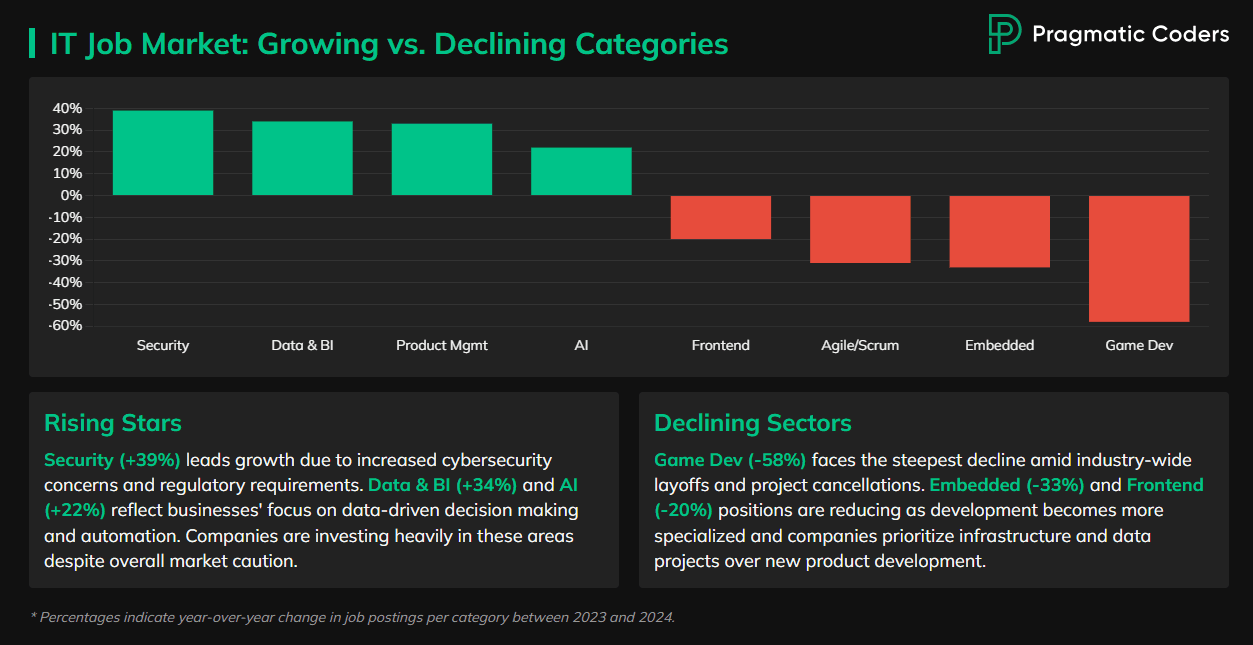
AI’s market impact fuels demand in Security, Data & BI, and AI roles, while specialized sectors contract under shifting priorities (Source: NoFluffJobs).
3. Entire Projects at (Nearly) Zero Marginal Cost
The third way AI could reduce the need for programmers is by making some software projects so cheap and automated that hiring humans becomes unnecessary for those tasks. We’re not fully there yet, but consider the trajectory. Today, if a small business wants a simple mobile app or a website, they might hire a freelance developer or a small dev shop. It costs money – maybe a few thousand dollars at minimum for a basic app. Now imagine an AI service a couple of years from now that can build a straightforward app from scratch: you describe what you need in natural language, and the AI generates the code, iterates with you on tweaks, and deploys it. This isn’t total fantasy; prototypes of this concept already exist in the form of AI-assisted app builders and no-code platforms integrating GPT-style models.
As these tools improve, the cost of developing standard software could plummet. An AI “agent” working 24/7 costs far less than even an offshore contractor. If a startup can launch their MVP with one engineer and an AI helper, instead of a team of five, that’s a lot of work that would have gone to human programmers now handled by the AI. In the freelance market, we might see clients opting for AI Agent-based solutions for tasks like converting file formats, building simple web dashboards, or migrating data – tasks that used to be easy gigs for junior developers. In fact, the SWE-Lancer benchmark’s very existence hints at this future: it asks, can an AI earn $1 million doing freelance dev work? Today the answer is “only about 40% of it,” but each improvement inches that upward. When it reaches 100%, it means an AI could, in theory, bid on and complete many freelance jobs at nearly zero cost other than computing time. That would directly reduce the available work for human freelancers in those areas.
We should also think about maintenance and legacy projects. There’s a vast amount of code out there that periodically needs updates or fixes. If AI tools become capable of maintaining legacy code (imagine an AI system that can read an old COBOL codebase and reliably update it based on new specs), companies might not hire as many contract programmers for maintenance – they’d use the AI maintenance tool. Similarly, routine tasks like writing documentation, converting code from one language to another, or generating test cases can be automated, cutting down the hours developers spend (and thus reducing the need to assign a person to it). Each little slice that AI takes is maybe not a full “job” by itself, but add them up and you get a significant chunk of work taken off human plates.
It’s important to emphasize that this effect will likely target the low-complexity, repetitive projects first. Highly custom, innovative software – think cutting-edge platform development, new algorithm invention, complex system integration – will still need human architects and engineers at the helm. AI might assist, but not fully replace. However, the bread-and-butter business apps, CRUD websites, internal tools – a lot of those could become turnkey AI solutions. This could especially impact outsourcing firms and IT service companies that rely on lots of junior devs churning out standard solutions. Those firms will have to adapt by moving up the value chain (tackling more complex projects that AI can’t do alone) or by becoming experts at integrating AI into their workflow to stay competitive.
What the Future Holds (Most Likely)
In summary, AI could “replace programmers” not by firing all developers and letting robots code everything, but by changing the economics of software development. We’ll have smaller, more expert teams delivering the same output, meaning fewer total people employed in coding. We’ll see a slowdown in new programming jobs, especially entry-level, as AI fills the gap. And we’ll see certain kinds of simple software projects being done almost entirely by AI, effectively removing those gigs from the human job market. Each of these trends chips away at demand for human programmers in its own way.
Is this a doom-and-gloom story for anyone who loves coding? Not necessarily. It’s a shift in what skills are needed and where humans will focus their efforts. As routine coding gets automated, the human work shifts to higher-level tasks. We might actually see more software being created than ever before (since AI makes it cheaper and easier to do so), but with fewer humans needed per project. The total number of programmers in traditional roles might decline or not grow as fast, even as code becomes ubiquitous in every product. It’s a trade-off of productivity:
the more each person can do, the fewer people you need.
However, this isn’t the end of the story. We also have to consider the counterbalancing forces – the new opportunities and roles that AI will create, and the aspects of programming that, at least for the foreseeable future, only humans can handle. Let’s zoom out and conclude with the bigger picture of why AI isn’t likely to make human developers redundant so much as it is set to redefine what being a developer means.
The Big Picture
So, will AI replace programmers? The evidence suggests a nuanced answer:
AI will transform programming jobs, but it won’t eliminate the need for human programmers – at least not in the way people fear.
In the near and mid-term, we’re more likely to see augmentation and redefinition of software roles rather than wholesale replacement. Think about it: we’ve outlined how AI can take over many tasks and even reduce the sheer number of coders required for certain work. Yet, at the same time, new tasks and challenges are emerging that still squarely require a person in the loop.
Curious about the wider impact of AI on the software industry? Check out our business guide to AI-augmented software development!
Human-Supervised Engineering
First, consider the limitations that persist. Current AI models, as powerful as they are, lack true understanding, creativity, and accountability. They don’t inherently know why a piece of software needs to behave a certain way; they just know how to produce something that looks right. They have no intuition for user experience, no empathy for the end-user, and no sense of ethical or legal considerations unless those were explicitly programmed in. Human developers aren’t just code typists – they are problem solvers who talk to stakeholders, decide what features make sense, prioritize certain behaviors, and ensure the final product is usable and safe. Those aspects of engineering are deeply human and will continue to be.
An AI might generate a snippet of code or even an entire module, but a human still needs to decide if that module fits the product vision, doesn’t introduce bias or security holes, and actually solves the real user problem at hand. In a way, the role of a developer will move more toward being a “chief thinker” and quality controller. You’ll let the AI do the brute-force typing and maybe the initial solution draft, but you’ll be there to guide it (“Yes, that’s what we need” or “No, that’s off-track, let’s try a different approach”) and to do the final mile of polishing and integration that, for now, AI can’t reliably handle alone.
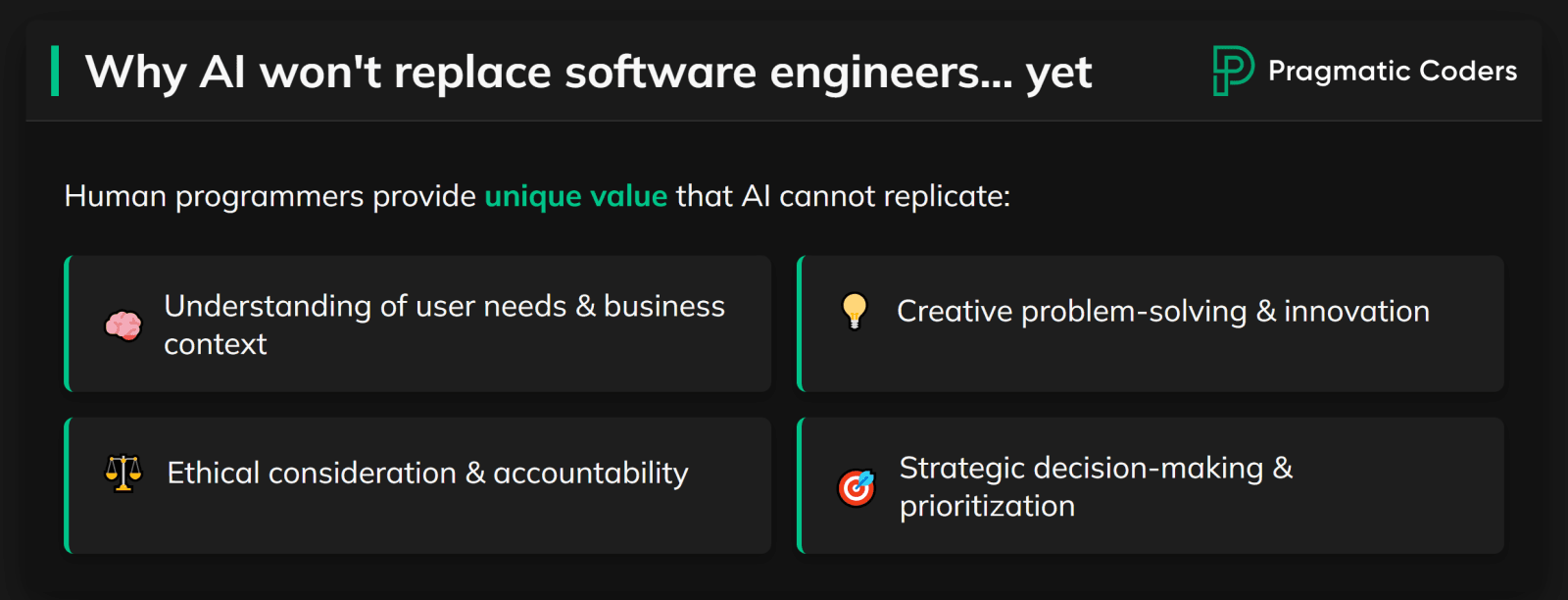
Human programmers still have a significant advantage over AI. At least in some key areas…
A Collaborative Future
Second, history gives us reason for optimism. As the World Economic Forum and others have noted, every major technological leap has caused some jobs to vanish but also created new ones. When automation hit manufacturing, we lost many assembly line jobs but gained jobs in machine maintenance, programming, and quality assurance. When software became more advanced, we lost some manual processes but created whole new industries (think of all the web developers, data scientists, and cloud engineers that didn’t exist a couple of decades ago).
AI in programming is likely to follow this pattern. Yes, the “junior coder writing simple components” job may recede, but new roles will emerge: AI workflow integrator, prompt engineer, AI ethics auditor, data curators for training AI, etc., not to mention the developers whose job is to build and improve the AI tools themselves. In fact, demand for AI and machine learning engineers is skyrocketing – those are programmers too, just working on different problems.
A report from the OECD and various tech observatories have stressed that while AI will displace some tasks, it will also spur growth in entirely new fields that we can’t fully predict yet. As one insight put it, people in the 1940s couldn’t imagine the job of “software developer” that the computer revolution would create – likewise, there will be job titles 20 years from now that we can’t imagine, which will exist because of AI’s rise.
The World-Wide Impact
We should also account for the global perspective. Not every region will automate at the same pace. In Silicon Valley or Western Europe, a top-tier firm might aggressively use AI and trim its dev team, but in other parts of the world, companies may still prefer human developers due to lower labor costs or slower tech adoption. Moreover, as software becomes cheaper to produce, we might see more software being commissioned by businesses that previously couldn’t afford it. For example, a small local business might never have paid for a custom app, but if an AI can help one developer make it cheaply, suddenly that business can have software – which still involves a human (the one using the AI) getting paid for the job.
In aggregate, AI could make software development so ubiquitous that it permeates every industry (think custom AI-generated tools for agriculture, education, small retail, etc.), spreading the need for developer oversight into fields that didn’t employ coders before. Each of those scenarios involves humans guiding AI to solve domain-specific problems. The net effect on jobs is extremely hard to predict – we may lose some traditional programming jobs but gain new tech-enabled roles in many industries.
The Symbiosis
For the foreseeable future, human developers remain firmly in the driver’s seat, with AI as a very powerful navigator. The relationship is symbiotic: the best results come from humans and AI working together. An experienced engineer with a good AI assistant can be a productivity beast – far more effective than either an AI alone (which might go off the rails) or a human alone (who has only their own knowledge and speed). Companies that figure out how to blend the two will outperform those that don’t. Already, forward-looking software teams treat AI as “part of the team.” For instance, Github Copilot users often describe it as a junior pair programmer who’s always there. It can propose solutions, but the senior partner (the human) reviews and decides. This dynamic is likely to become standard. Instead of replacing the programmer, AI becomes an extension of the programmer. One emerging approach for harnessing AI as a creative coding partner is Vibe Coding with tools like Cursor AI, which highlights how AI can encourage people without a programming background to develop working code.
Conclusion
In conclusion, while the role of a programmer is undeniably changing, the apocalyptic vision of AI completely displacing all developers is overly simplistic and unlikely in the near term. What we’ll witness is a shift in the nature of programming work. Routine coding drudgery may fade away (good riddance, many would say), but higher-level design, complex debugging, critical decision-making, and creative innovation will occupy more of the human programmer’s time. Far from being a bad thing, this could make the job of programming more interesting and fulfilling, as developers focus on the challenging parts and leave the mindless boilerplate to the machines.
Will AI replace programmers? Maybe – but not by making them irrelevant. Instead, AI will replace some of the tasks programmers do, and in doing so, it will change what it means to be a programmer. The field of software engineering is being reshaped, not erased. The developers of tomorrow will write less raw code and more guidance for AI, spend less time debugging syntax errors and more time ensuring the software does what it’s supposed to do in the real world. They’ll be part coder, part conductor of an AI orchestra. And despite dramatically advancing automation, that human element – the spark of insight, the sense of responsibility, the creative problem-solving – will remain as crucial as ever.
In the end, people and AI will build the future of software together, each contributing in ways the other cannot. That collaborative future is not about replacement at all; it’s about synergy – and it’s already taking shape today.





